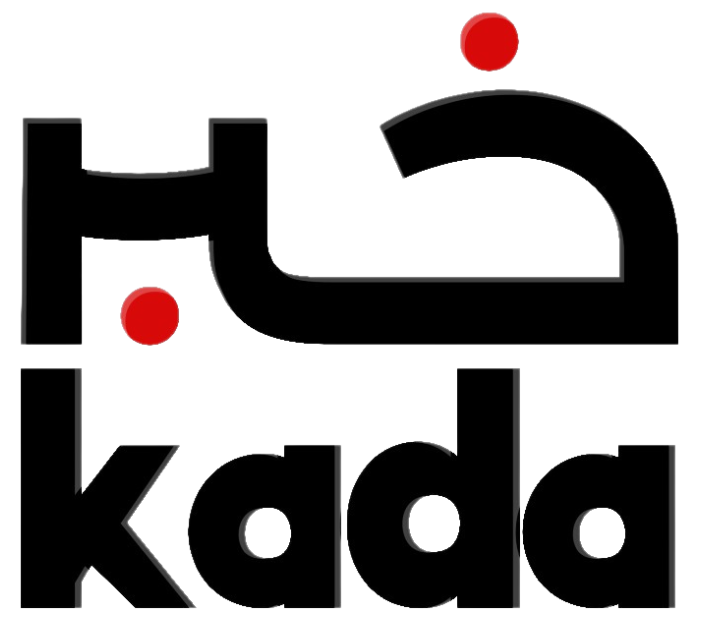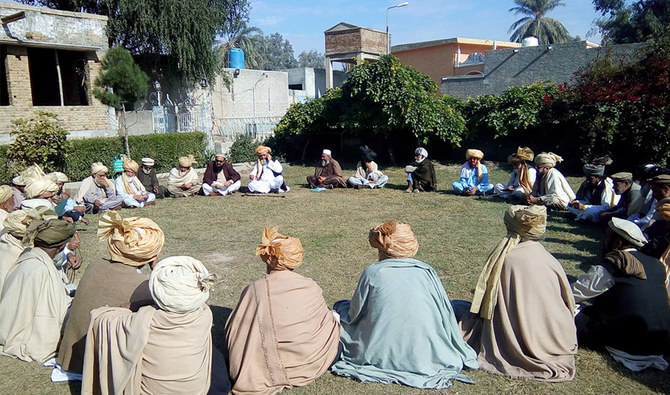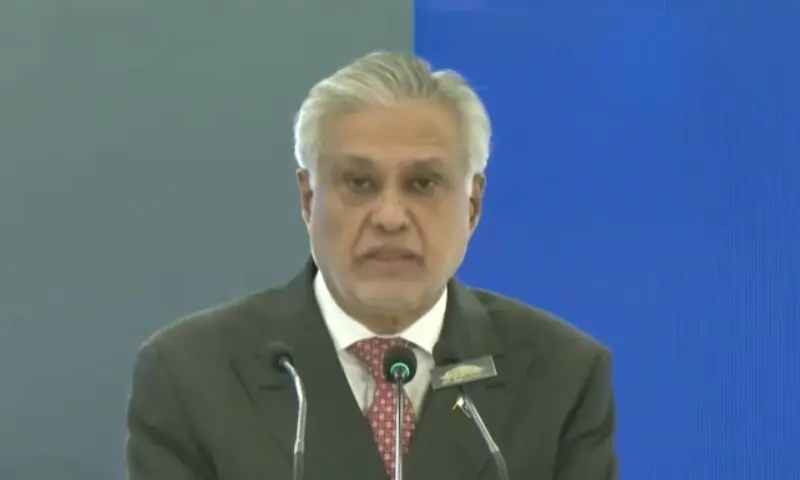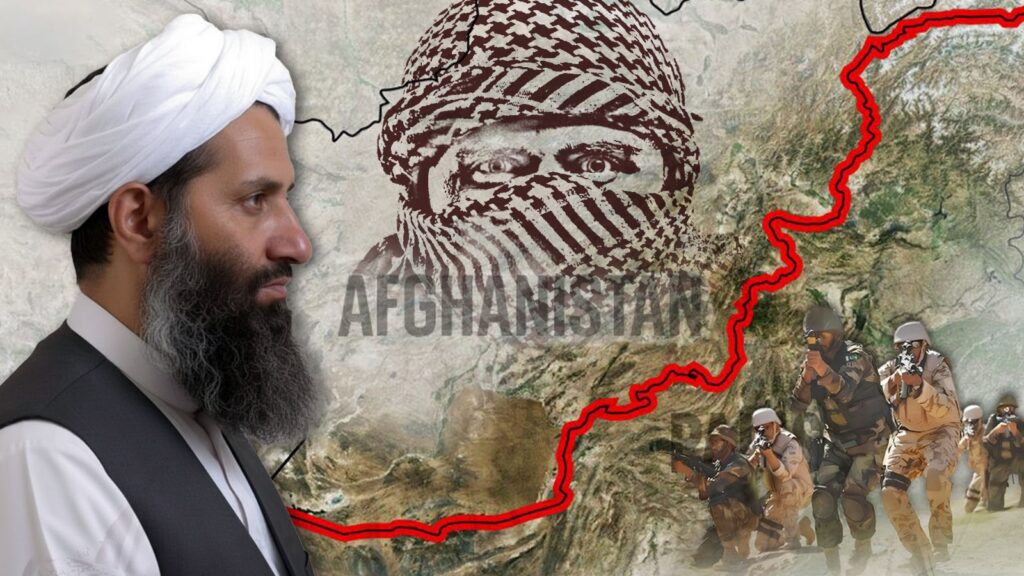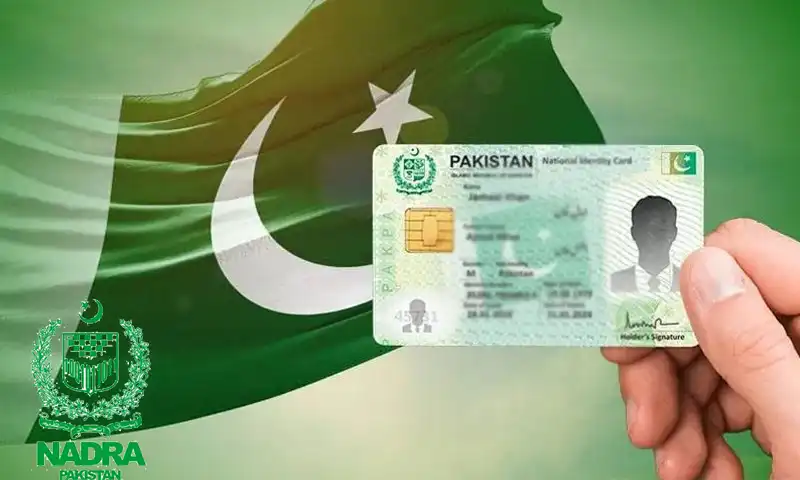By Amin Khan
A Jirga is a traditional assembly of elders that plays a central role in the social and political life of Pashtun communities, primarily in Afghanistan and Pakistan’s Khyber Pakhtunkhwa and tribal areas. It serves as a council where respected male elders gather to discuss and resolve disputes, make community decisions, and uphold tribal customs, known as Pashtunwali. The Jirga operates on principles of consensus and collective wisdom rather than formal legal procedures, reflecting the community’s deep respect for tradition, honour, and social harmony.
Jirgas are arranged in Pashtun areas because they provide a culturally accepted, swift, and cost-effective way to settle conflicts and maintain peace, especially in regions where formal legal systems may be slow, inaccessible, or mistrusted. They deal with a wide range of issues—such as land disputes, family conflicts, and criminal matters—while promoting reconciliation and restoring relationships rather than punishment alone. This system strengthens communal bonds and preserves the authority of local elders, ensuring that justice aligns with the social and moral values of the Pashtun people.
Local or Village Jirga
The Local Jirga, also known as the Qaumi Jirga, operates at the village or community level. It addresses day-to-day issues such as family disputes, property conflicts, minor criminal cases, and social disagreements. The elders or influential members of the community form this jirga, and their verdicts are usually accepted by all parties. The local jirga plays a vital role in maintaining social order and preventing minor disputes from escalating into larger conflicts, thereby contributing to grassroots peace and stability.
Tribal Jirga
A Tribal Jirga is convened when conflicts or issues arise between different tribes or sub-tribes. This type of jirga is larger in scale and typically includes prominent tribal elders, chiefs, and sometimes political representatives. Its purpose is to settle inter-tribal disputes such as land ownership, resource sharing, or boundary conflicts. By addressing these broader issues collectively, the tribal jirga helps prevent inter-tribal clashes and fosters mutual respect and cooperation, promoting peace and unity in the region.
Government or Official Jirga
The Government Jirga is initiated by state authorities or security agencies to engage with local tribal leaders and communities. It aims to bridge the gap between traditional systems and formal governance. These jirgas often focus on peacebuilding, countering militancy, and promoting law and order in conflict-affected areas. By involving local leadership in the decision-making process, the government jirga strengthens community trust in state institutions and enhances security cooperation between citizens and authorities.
Peace or Reconciliation Jirga
The Peace Jirga (often called Aman Jirga) is specifically convened to resolve conflicts that threaten regional stability or national security. It brings together religious scholars, tribal leaders, and government officials to discuss strategies for ending hostilities, reintegrating former militants, and restoring normalcy. Peace jirgas have played a crucial role in negotiating ceasefires and promoting dialogue among conflicting parties. Their success demonstrates the potential of indigenous mechanisms in conflict resolution and peacebuilding.
Conclusion: The Role of Jirgas in Security and Peace
In recent months, Jirgas in the tribal districts of Khyber Pakhtunkhwa—particularly in Khyber, Bajaur, and Kurram—have played a pivotal role in peacebuilding efforts and countering militancy. These traditional assemblies were formed with the specific purpose of restoring peace and ensuring the security of local communities. Tribal elders, religious scholars, and local leaders came together to send a unified message to militant groups, urging them to evacuate the area or abandon violence and cooperate in maintaining peace. Such jirgas worked closely with district administrations and security forces to promote dialogue and stability, preventing further bloodshed and displacement. Their efforts not only helped curb militant influence but also paved the way for development, governance, and trust-building between the state and the people in these long-neglected tribal regions.
Jirgas, in their various forms, remain an essential part of traditional governance and peacekeeping in tribal societies. Whether addressing local disputes or national security concerns, these assemblies emphasize dialogue, mutual respect, and collective decision-making. By integrating jirgas into broader peace and security frameworks, authorities can strengthen community resilience against violence and promote lasting stability. Thus, jirgas not only preserve cultural heritage but also serve as a vital mechanism for establishing peace and security in the region.
